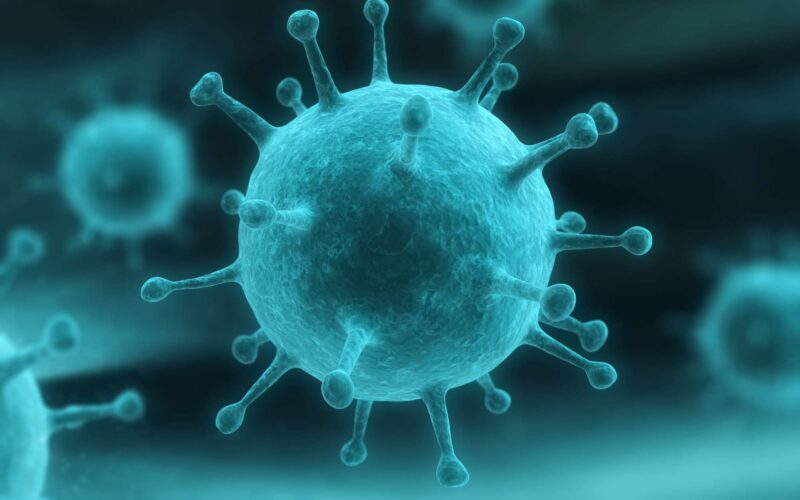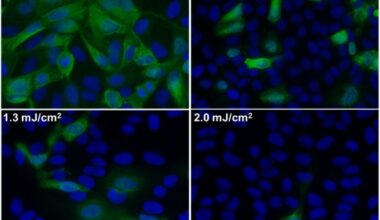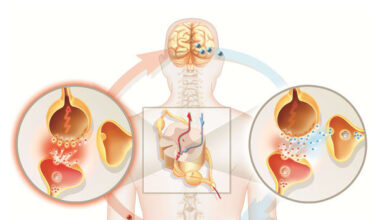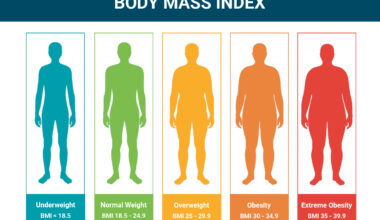What is a Non-communicable Disease (NCD)?
A disease that cannot be spread directly from one person to another is called a non-communicable disease (NCD). Non-communicable diseases, also called chronic diseases, are characterised by a prolonged duration brought on by genetic, environmental, physiological, and behavioural factors.
The four primary categories of non-communicable disease are diabetes, cancer, chronic respiratory diseases (chronic obstructive pulmonary disease and asthma), and cardiovascular disorders (including heart attacks and stroke).
Over three-quarters of all NCD fatalities worldwide (31.4 million) occur in low- and middle-income nations, disproportionately affected by NCDs.
Risk Factors of NCDs
These disease groups share several risk factors:
- Social determinants of health (the environment where we are born, live and grow and the prospects given in these environments)
- Tobacco
- Alcohol
- Lack of nutrition
- Physical inactivity
Modifiable risk factors are traits that individuals or societies can alter to enhance health outcomes. Poor diet, physical inactivity, smoking, and alcohol consumption are the main modifiable risk factors for non-communicable disease, as cited by the WHO.
Age, sex, and genetic make-up are examples of non-modifiable risk factors, traits that cannot be altered by an individual (or the environment). They cannot be the primary objectives of treatments, but they can undoubtedly impact several prevention and treatment strategies, helping to decide their efficacy.
Individuals at Risk for NCDs
NCDs impact people from all age groups, locations, and nations. Although these diseases are often associated with older age groups, data indicates that between the ages of 30 and 69, more than 15 million of all fatalities linked to NCDs occur. It is estimated that low and middle-income countries account for 85% of these “premature” fatalities.
Children, adults, and seniors are all susceptible to the risk factors for NCDs, including poor diets, inactivity, tobacco smoking, and alcohol use.
Prevention and Management of NCDs
Concentrating on lowering the risk factors for these diseases is crucial to controlling non-communicable diseases. A comprehensive strategy is required to diminish the effects of NCDs on people and society. To do this, all sectors—including health, transport, finance, agriculture, education, planning, and others—must work together to lower the risks of NCDs and promote measures to prevent and control them.
Even though some NCDs cannot be prevented, healthy habits can help to reduce overall risk. Although not all diseases have evident preventable causes, it can still be beneficial to focus on the things we can control.
Non-communicable diseases cannot be spread from one person to another. There is no need to be concerned that if individuals are diagnosed with one of these NCDs, their loved ones will contract it from them. Some of these ailments are inherited and not communicable, but they can be genetically passed down.
Worldwide Significance of Biotechnology for Non-communicable Diseases
Non-communicable diseases (NCDs) have been identified by the World Health Organisation (WHO) as a leading development challenge of the twenty-first century. More than 15 million people die from NCDs yearly, most of these deaths (80%) taking place in developing nations and among the most underprivileged populations. The biotechnology scope offers extraordinary possibilities for enhancing NCD faster diagnosis and treatment.
The execution of novel diagnostic strategies and the development of novel therapeutics, including recombinant proteins, monoclonal antibodies, regulating nucleic acids, and cell-based restoratives for regenerative medicine, are the main applications of biotechnology for better clinical management of NCDs that are covered in several studies.
Agricultural and food biotechnology research has a direct impact on NCDs risk. The development of diagnostic technologies enables the quick and sensitive identification of NCDs biomarkers to help in the early detection of diseases, eventually facilitating faster and less complicated treatment.
Stay tuned to BYJU’S Biology for more information.






